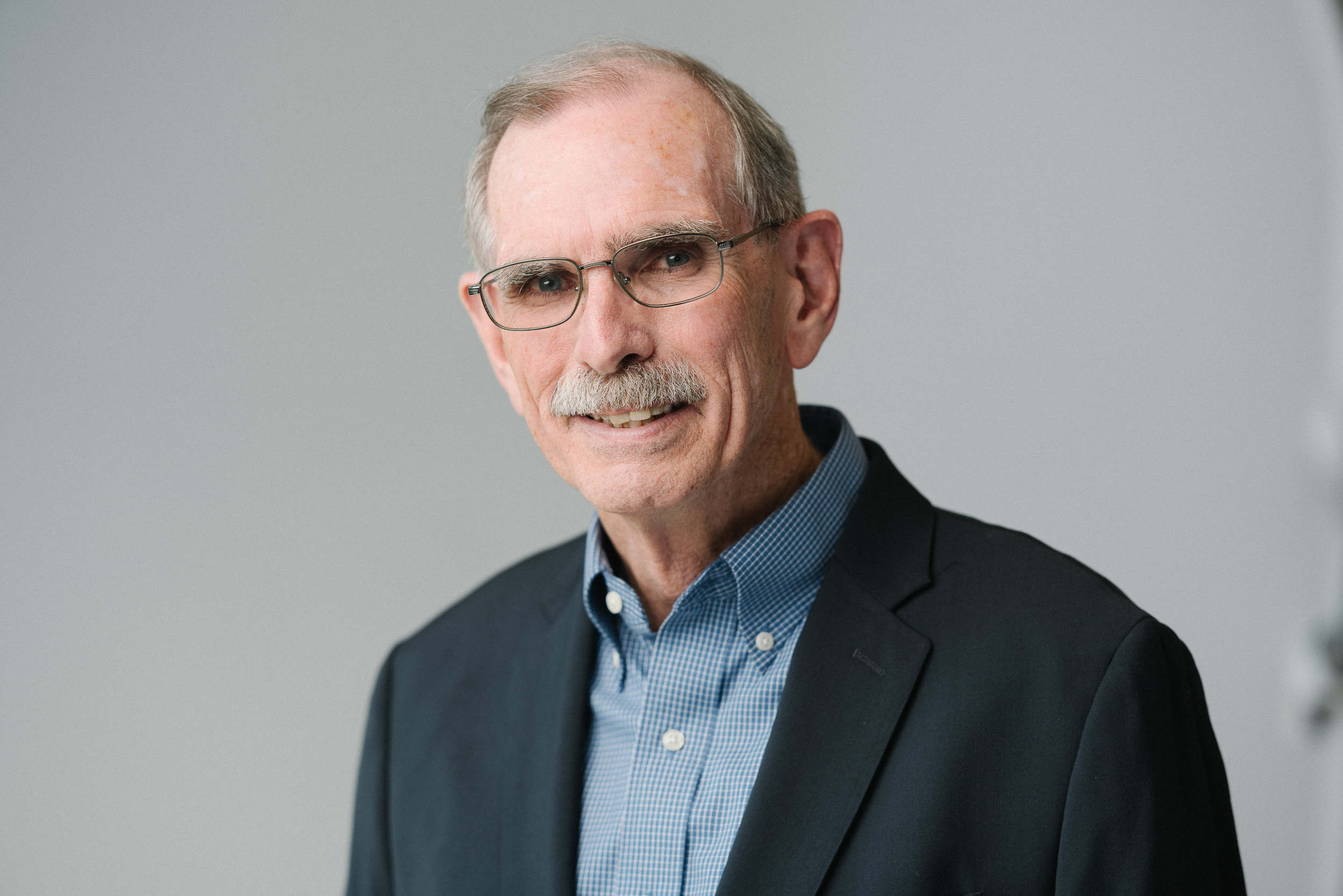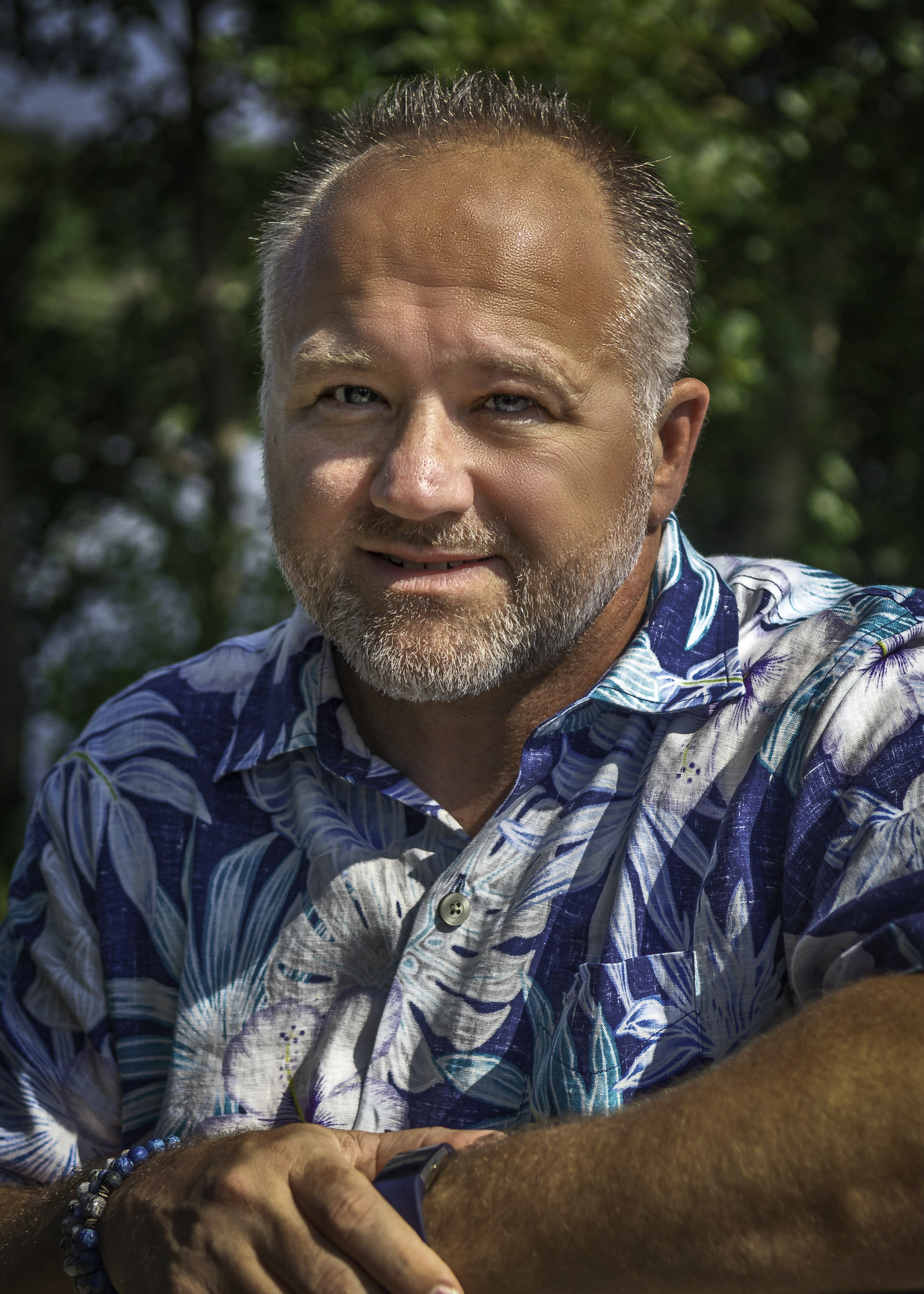“If you are leveraging collective intelligence, respecting diversity, and inviting dissenting ideas, you are going to uncover the unknown unknowns more quickly and likely come up with better results.” Rod Collins
My guest today is Rod Collins. Rod is a leading expert on digital transformation and the future of business. He’s the host of the Thinking Differently podcast on the C suite Radio Network, where he explores how technological innovations continue to transform the rules of how successful businesses work. In addition, Rod is a regular blog contributor on Substack and the author of Wiki Management, a revolutionary new model for a rapidly changing and collaborative world, highlighting the innovative tools and practices used by a new breed of business leaders to sustain extraordinary performance in a world reshaped by digital disruption.
Rod is a former Chief Operating Executive of the Blue Cross Blue Shield federal employee program, one of the nation’s largest and most successful business alliances. Under his leadership, the business experienced the most significant five-year growth period in a 60-year history.
Today, our conversation centers around the concept of self-managed distributed network corporate structures versus the traditional hierarchy of power and control corporate structure.
There are two fundamental ways that organizations can be set up. For the last 150 years, most organizations have followed one model: the centralized, top-down Command and Control hierarchy. The self-managed distributed network is the second model practiced by a smaller number of companies that are more adaptive to change.
The form of power that works in the hierarchy is coercive power. In networks, their design principle is nobody smarter than everybody, and so they leverage collective intelligence, and the way things get done is through collective power.
One difference between a self-managed network and a top-down hierarchy is that the individual unit of work is the particular person in order. In contrast, in networks, the unit of work is the team.
The networks are more likely to grow in rapidly changing times because networks can adapt better. In hierarchies, the basis for strategy is central planning, and once those plans are formulated, they tend to be fixed and compliance enforced. They approach the process through iterative discovery in the network, which is essential in rapidly changing times.
Regarding leadership, the prototype for the leader in the hierarchy is the individual hero who will come in and save the company. However, in networks, leadership is a team function. The team can maximize its strengths by pulling in the appropriate optimal talent to take the effort forward, which means everyone gets to experience being a leader.
As with all C-Suite leaders, the CEO does not direct the company’s activity, but the role of the CEO is to play facilitative training and maintain the unique culture to make sure that this team-based self-management approach is preserved.





